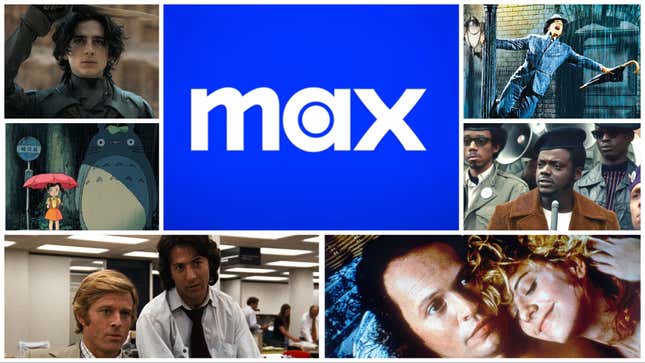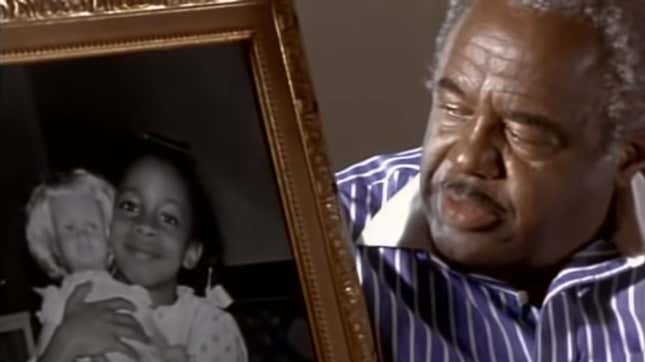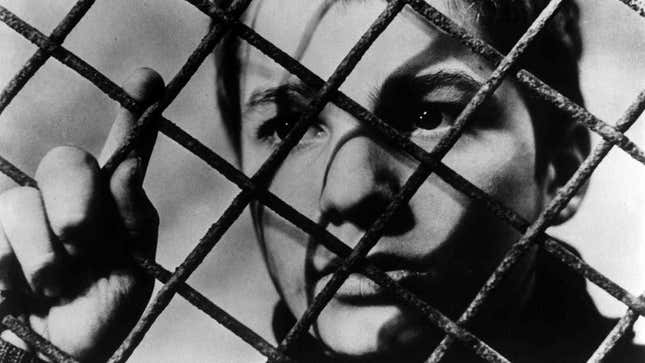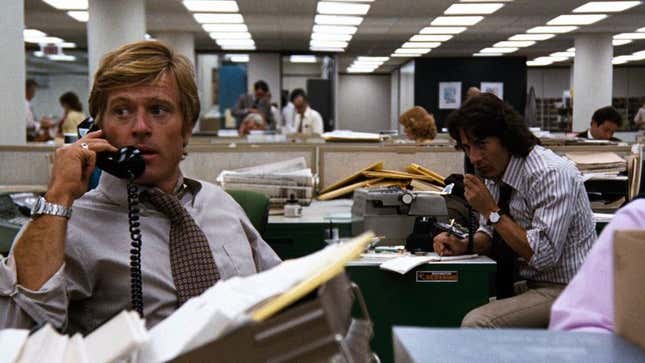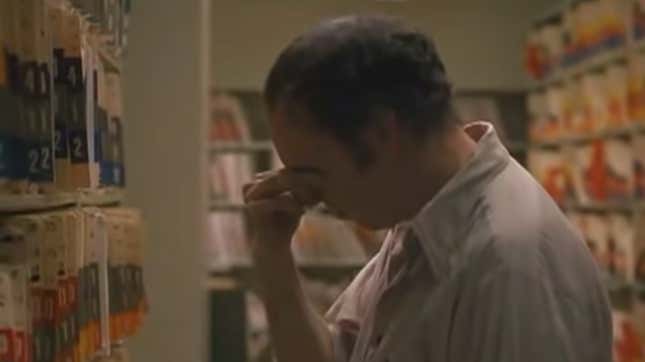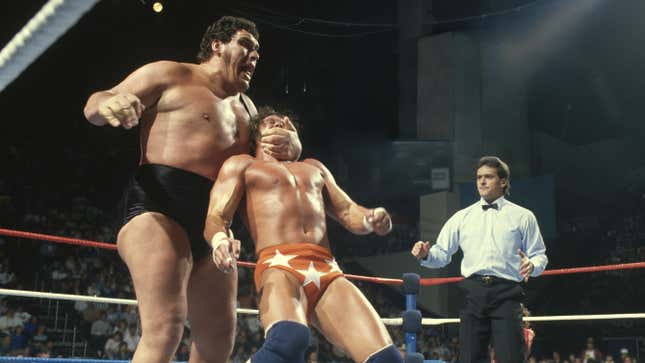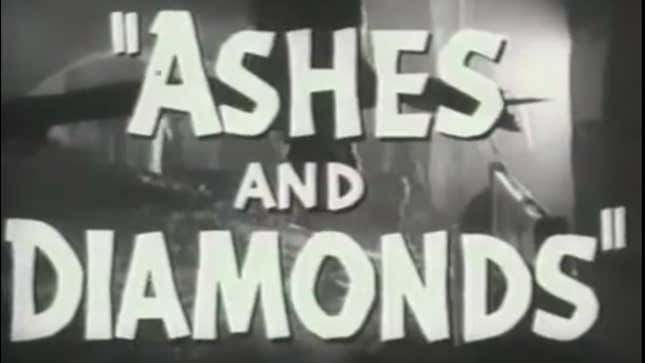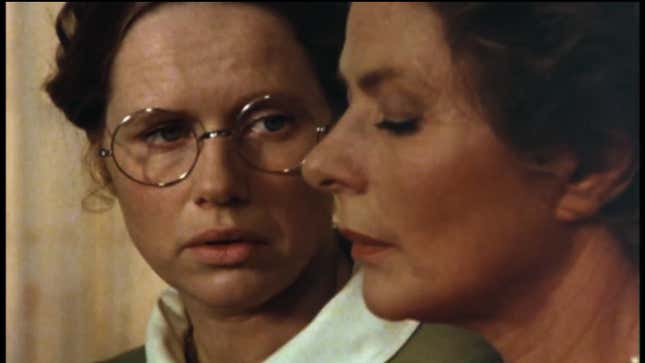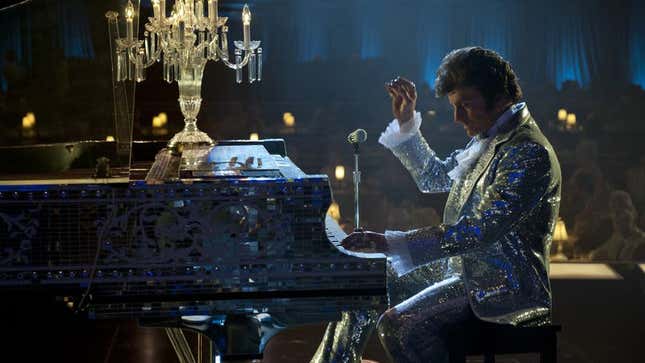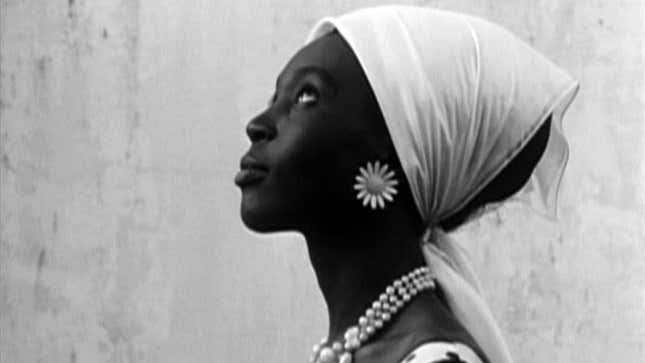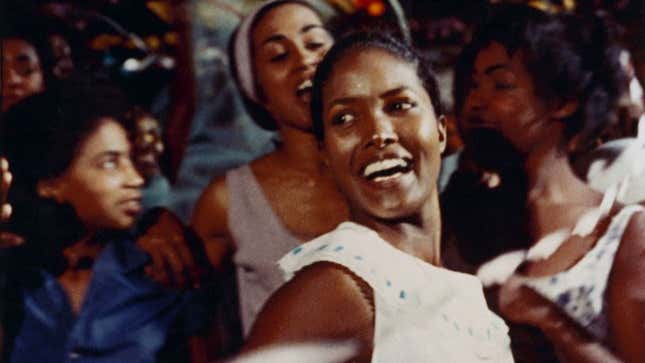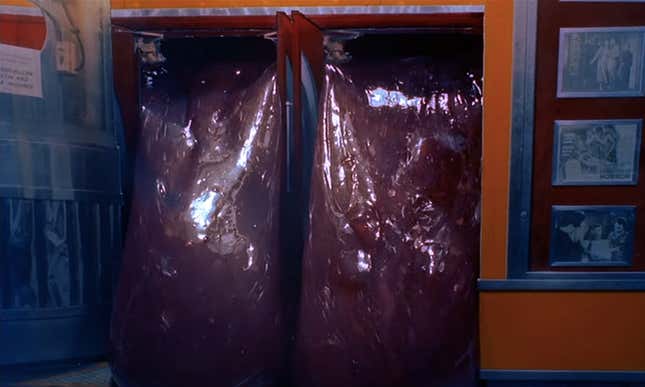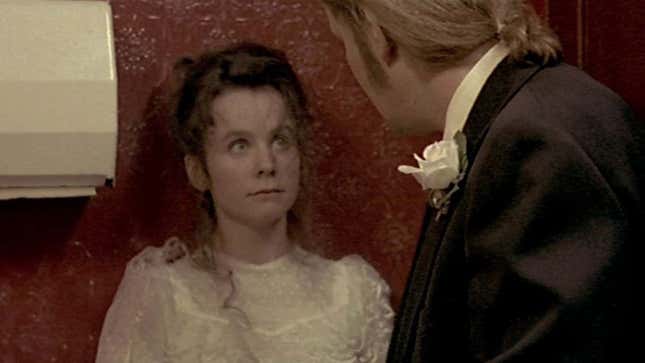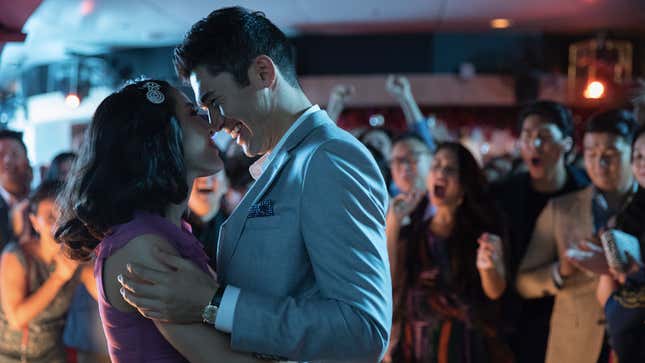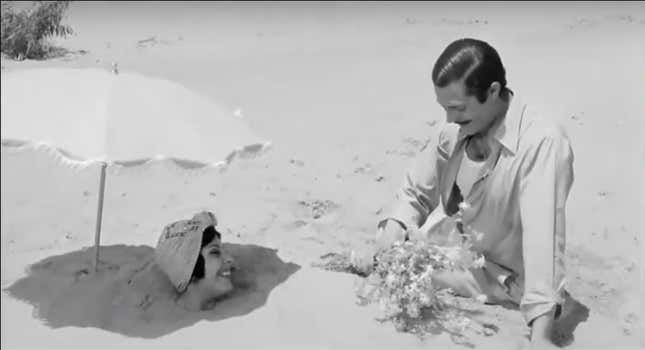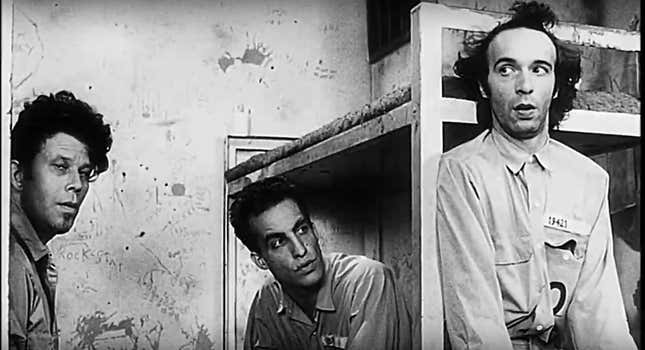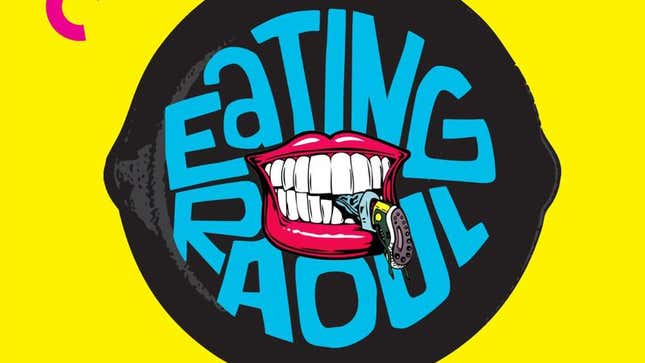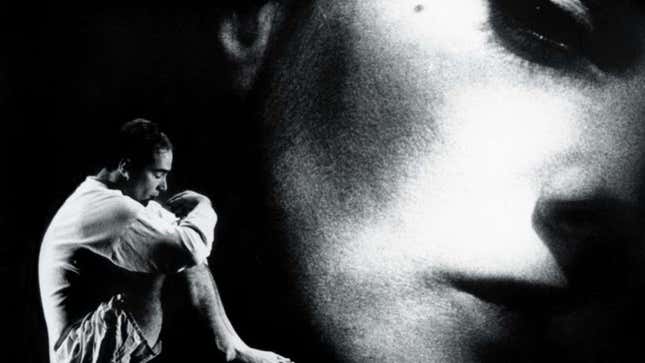The first time we see Frank Tassone, the beloved public-school administrator Hugh Jackman plays in Bad Education, he’s striding onto the stage of an auditorium to a roar of applause. It’s his night, a celebration of his achievements—though, as we’ll quickly come to see, he spends most days in the spotlight, too, basking in the admiration of colleagues, students, and parents alike. Frank, who puts the super in superintendent, is head of a Long Island school district that, under his stewardship, has reached the top of the national rankings. Wandering from meeting to meeting in his finely pressed suits, a warm grin perpetually plastered across his face, he has the poise (and popularity) of a Kennedy—and indeed, Frank approaches the job with a politician’s savvy, committing names and interests to memory. But the real key to his success may be that he actually gives a damn. In movie terms, it’s as if one of the carpe diem heroes of an inspirational-teacher drama rose through the ranks, spreading his zeal for education to the whole district. That, anyway, is how Frank would probably prefer to frame his story. Bad Education tells a different version, ripped from the headlines and shaped into something far removed from the genre of gifted classroom mentors and the young lives they touch. The real Tassone, as some may remember, was at the center of New York’s Roslyn Public Schools scandal, in which a couple of high-ranking administrators embezzled millions of dollars of taxpayer money. Screenwriter Mike Makowsky, who grew up in the community and went to a Rosyln school the year the financial fraud came to light, dramatizes this national news into an engrossing procedural of white-collar crime. Cooking the books may sound like dry subject matter, but the film gives it a jolt of psychological urgency by building a whole house-of-cards narrative around a character of compelling contradiction: a con artist who’s managed to square his genuine commitment to the community (and the future of its children) with his betrayal of it. [A.A. Dowd]
Stream it now
